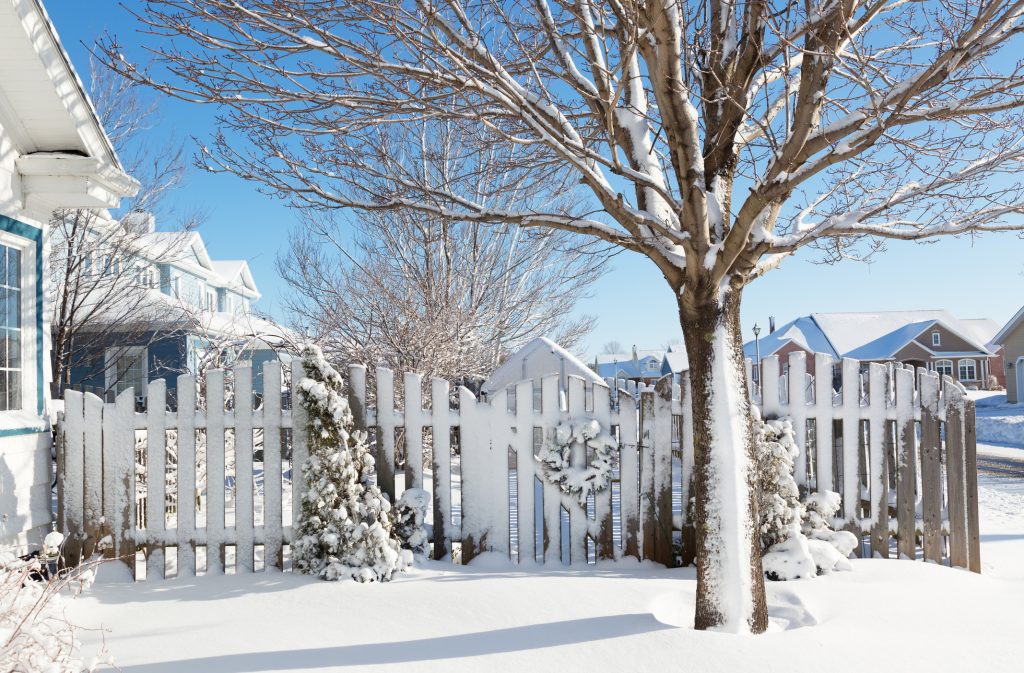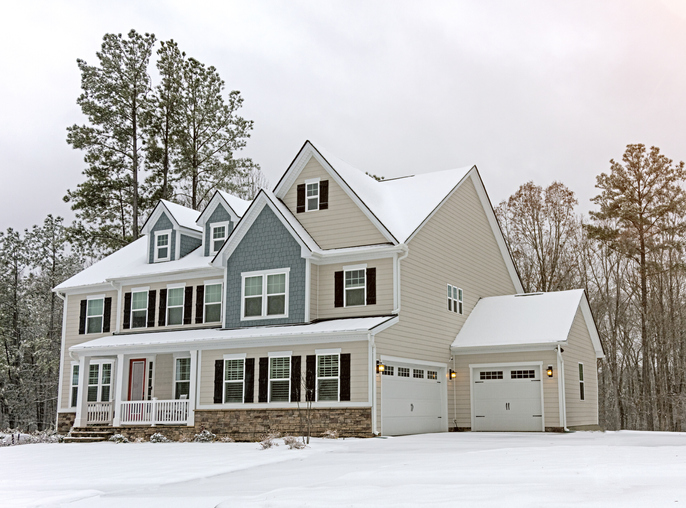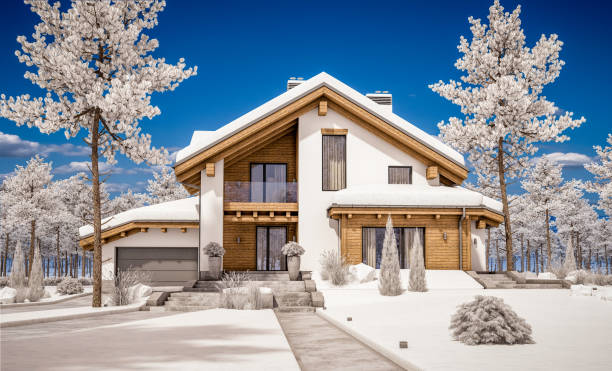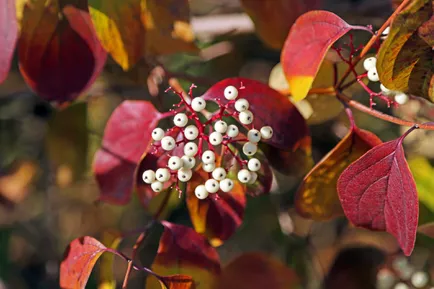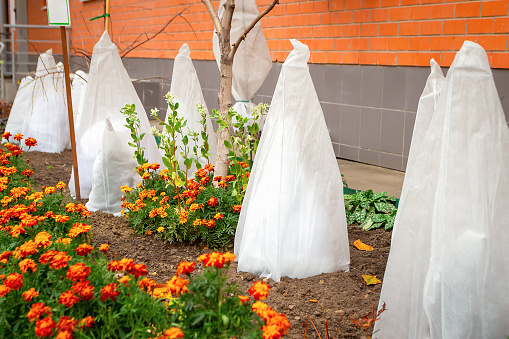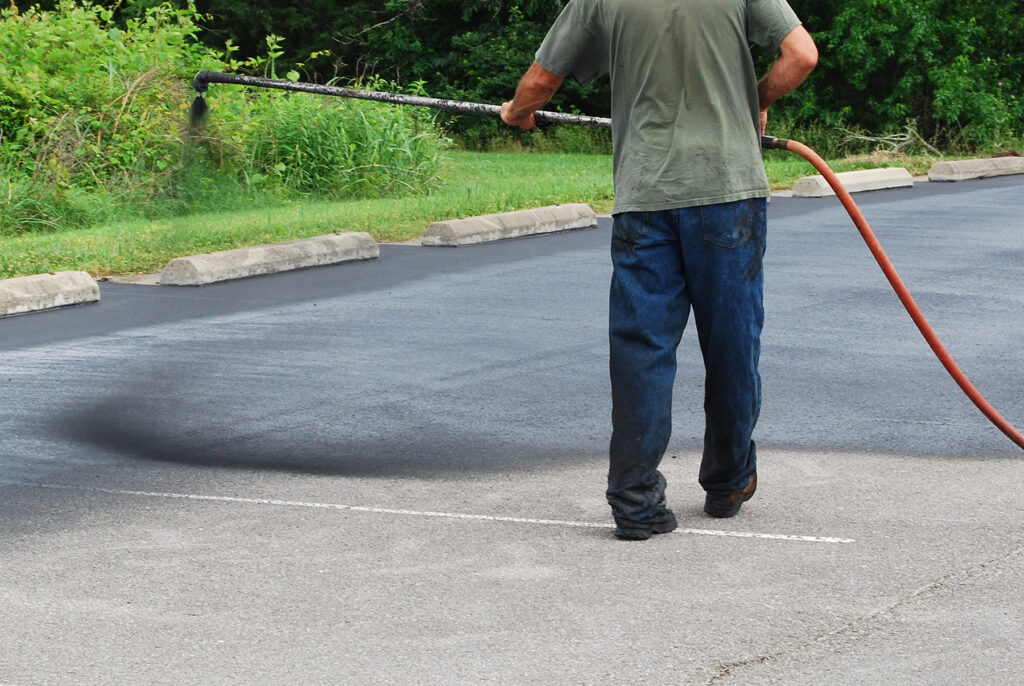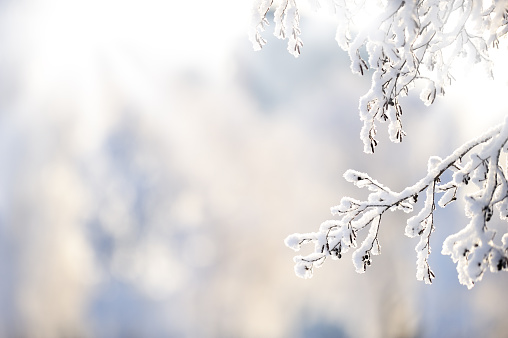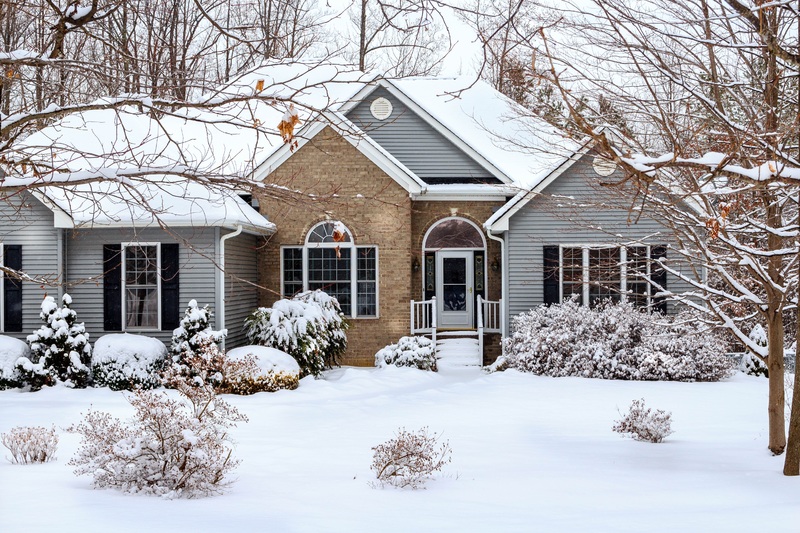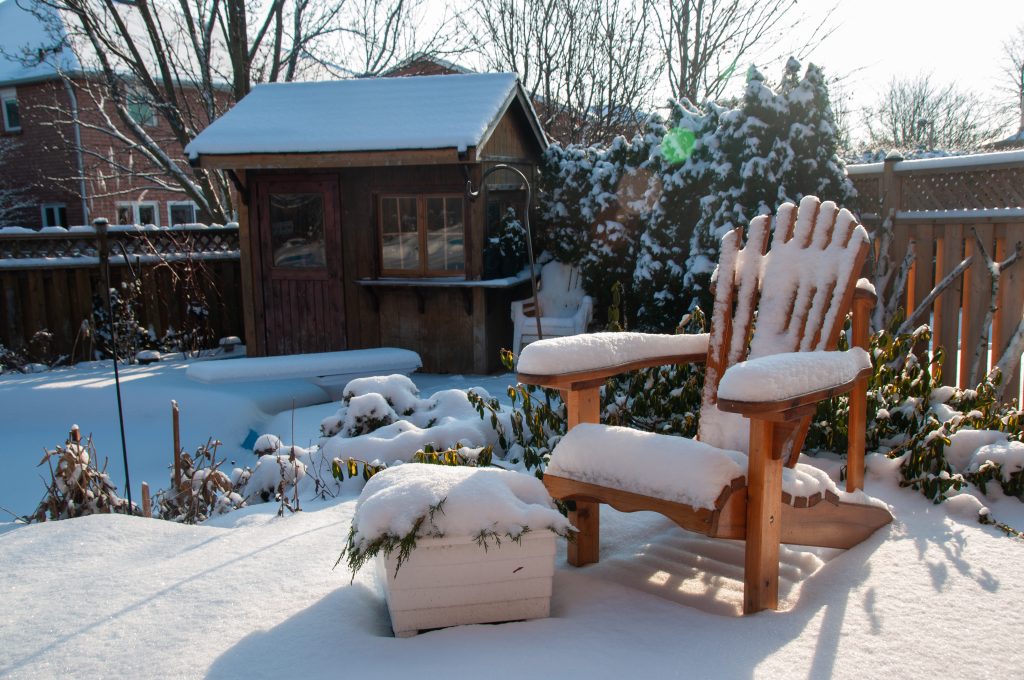
Many backyards look dull, dead, and even downright ugly during winter despite looking beautiful during spring, summer, and fall. Unfortunately, the designs of many yards fail to stay aesthetically pleasing during the cold time of the year when most plants are dormant, but this failure is not inevitable. The landscape design experts here at Giovine Landscaping are sharing nine tips to build a beautiful winter landscape for your home.
Getting Started With Winter Landscaping Design
Every homeowner landscape design journey has to start with figuring out what exactly you want to change about your property and our first tip reflects that reality.
- Evaluate your current winter landscaping design: The first step to improving your winter landscape is to explore it in its current state. Go take a walk around your property and examine your plantings, hardscaping, wildlife presence, and other aspects of your yard. Take note of what aspects are already beautiful and what needs improvement.
- Focus on your hardscapes: Winter is a good time of year to assess your hardscape (ie your patio, outdoor furniture, sculptures, and other non-plant-based landscape features). Look at your winter yard and decide if you need more or better hardscape features. Perhaps a new fire pit, barbecue area, path, or bench will really tie your yard together. Winter brings your yard back to basics so it is a good time to consider these questions.
Winter Landscaping Design Plant Selection
Plants are the backbone of any good backyard landscape design and this fact does not change during winter. Selecting plants that will keep your backyard beautiful even during the winter months is one of the most important aspects of designing a beautiful winter landscape.
- Consider adding evergreen trees and shrubs to your yard: Evergreen trees and shrubs do not lose their leaves during winter so utilizing these species in your yard is a great way to maintain color and texture in your winter landscaping design plan. Contrary to popular belief, evergreen trees and shrubs come in both needled and broadleaf varieties, giving homeowners more aesthetic choices in the plants they want to use.
- Utilize trees and shrubs with beautiful bark: While deciduous trees and shrubs lose their leaves in winter, they do not lose their bark, and landscape designers can use this to beautify winter landscapes. Tree and shrub species with particularly colorful or distinctive bark, like dogwood shrubs and birch trees, can be even more beautiful after they have lost their leaves.
- Introduce plants that flower during winter: It may be surprising to learn that not all plants flower during the spring and summer, but it’s true some plants bloom during winter. Utilizing winter flowering plants, obviously makes any winter backyard more beautiful. Homeowners who do the proper planning and research can enjoy something in their yard that will bloom for most of the winter, since some plants bloom during early winter and others during late winter. Witch hazel is a particularly beautiful genus of winter-flowing plant with several species native to North America.
- Utilize winter berry and fruit-bearing plants: Incorporating plants that produce berries and other fruits during winter makes your yard more beautiful for two reasons. First of all these fruits provide a pop of bright color that will contrast with white snow, grey skies, and brown dormant plants that dominate winter landscapes. Secondly, these fruits provide food that attracts birds and other wildlife bringing beautiful and interesting life to your winter yard.
Winter Landscaping Design For Wildlife
Attracting wildlife to your yard is one of the best ways to maintain its beauty through winter. Wildlife-friendly yards allow us to stay connected with nature even when it is too cold to venture outside by allowing you and your family to watch birds and other wildlife through your windows. Building wildlife-friendly winter landscaping designs on your property also helps animals survive during the winter when food, water, and shelter are scarce, this is especially important in our current age of habitat loss and mass extinction.
- Provide a food source for wildlife: Wild animals often struggle to find food during the lean months of winter. Creating food sources in your yard will both help wildlife and bring beauty to your yard through the presence of that wildlife. The exact sort of food sources you should add to your yard depends on the type of animals you wish to attract, but birdfeeders and fruit/berry-bearing plants are the best way to feed wildlife. If you do install a birdfeeder, be sure to clean it weekly to prevent the spread of diseases. You should also avoid hand-feeding wild animals because this can lead them to associate humans with food which can put both wildlife and people at risk. Let your landscape do the feeding.
- Provide a water source for wildlife: Water, like food, is harder for wildlife to find during winter so providing water sources for wildlife in your yard will attract animals. Water sources like bird baths, ponds, and fountains can also double as beautifying water features in their own right. Water sources do not need to be that complicated to attract wildlife through a shallow bucket, plate saucer, or even a trash can lid can also be good winter water sources for backyard wildlife.
- Provide shelter for wildlife: Wild animals need shelter from the cold weather just like people so providing shelter is a great way to attract them to your property. Different types of shelter will benefit/attract different types of animals. Some bird species will happily move into nestboxes while other species may need specific plants or brush piles. Research the types of birds and animals you want to see on your property so you can create the right types of winter shelter for those species.
Giovine Landscaping Can Help
Giovine Landscaping can help you design a yard that will be beautiful during winter and all year round. Call us today so we can help redesign your yard!
